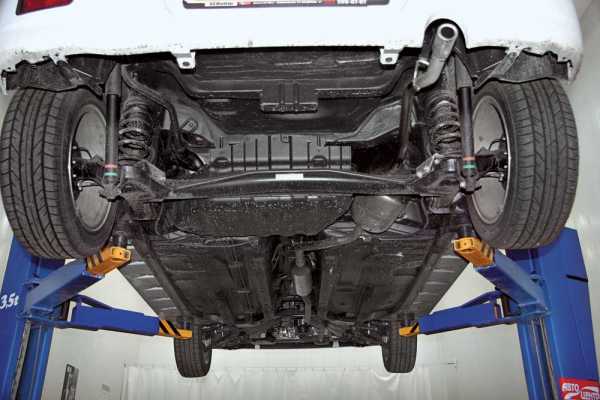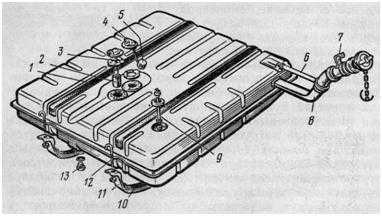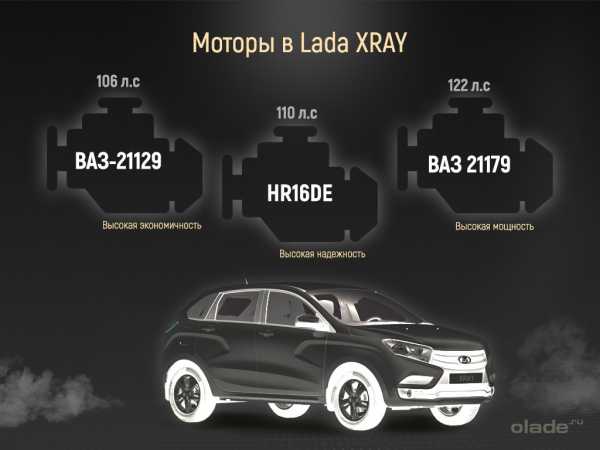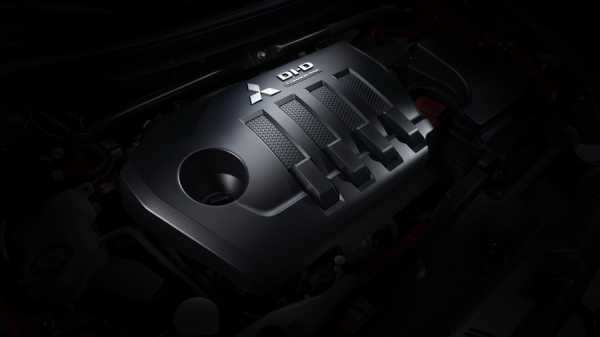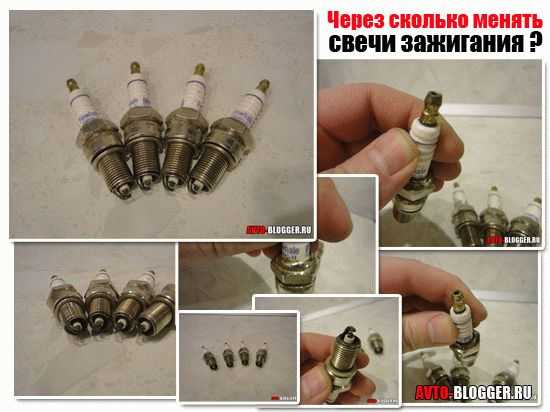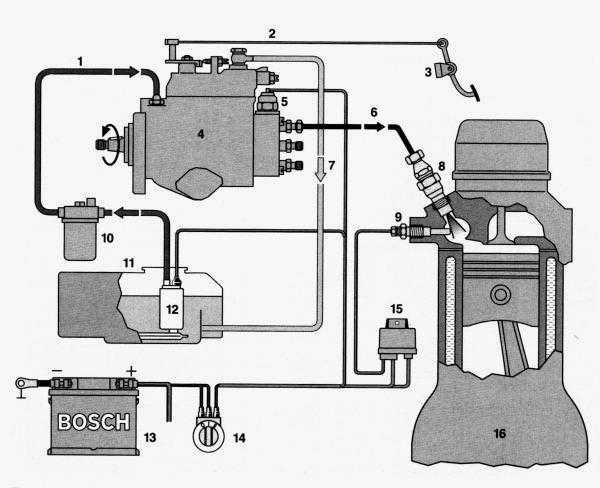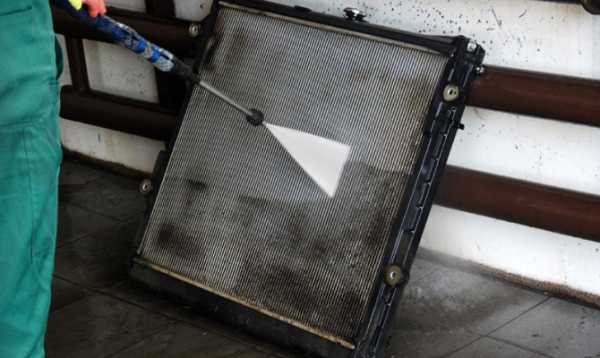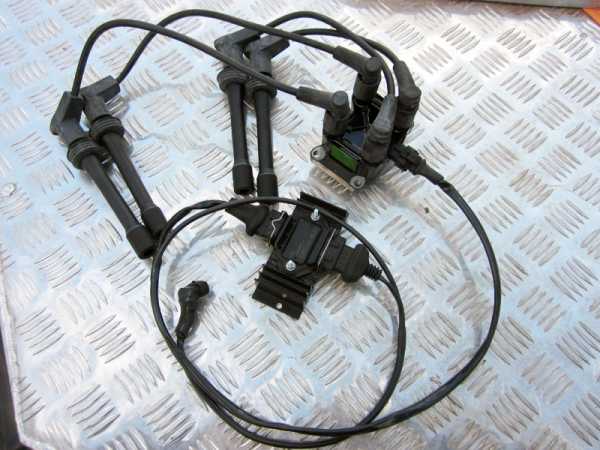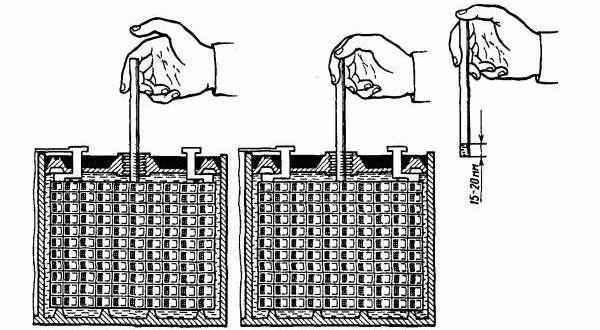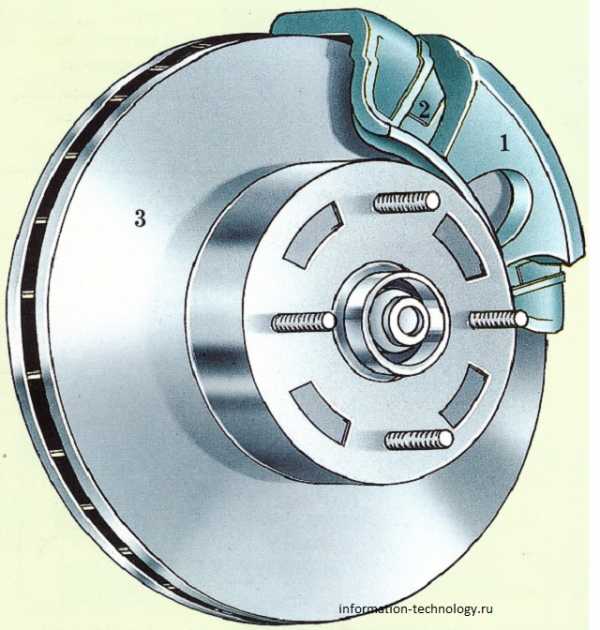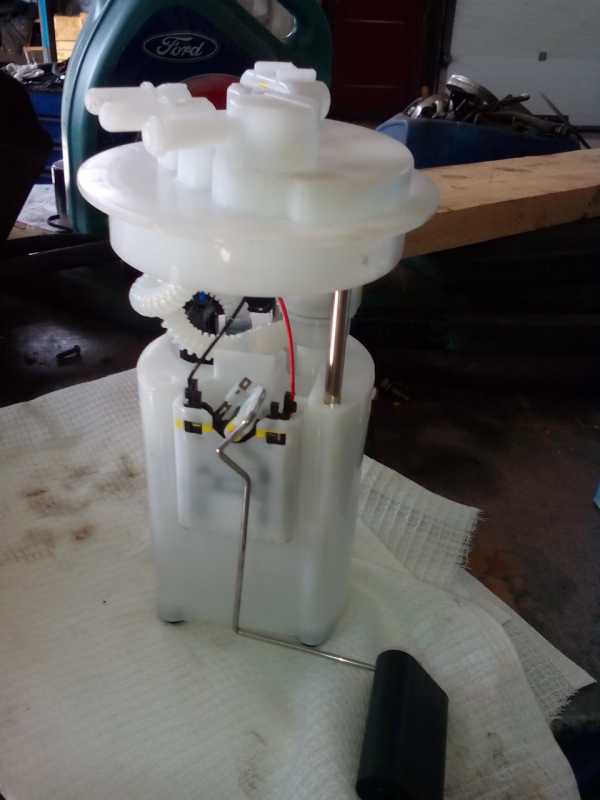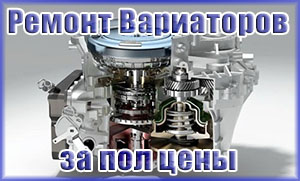Lagonda taraf aston martin
1 Aston Martin Lagonda for sale on JamesEdition
- (0)
-
$ 7.972.462 - $ 15.944.923
¥ 1,259,868 - ¥ 2,519,735
(0) -
1.590.631 ₽ - 2.385.946 ₽
₱ 1,204,844 - ₱ 1,807,266
$ 15.944.923 - $ 23.917.385
₹ 1,598,905 - ₹ 2,398,357
¥ 2,519,735 - ¥ 3,779,603
(0) -
126,617 د.إ - 211,028 د.إ
2.385.946 ₽ - 3.976.578 ₽
฿ 1,111,553 - ฿ 1,852,588
$ 1,054,232 - $ 1,757,054
₱ 1,807,266 - ₱ 3,012,111
772 922 Kč - 1 288 203 Kč
₨ 1,182,481 - ₨ 1,970,801
$ 23.917.385 - $ 39.862.309
₹ 2,398,357 - ₹ 3,997,262
¥ 3,779,603 - ¥ 6,299,339
ر.ع. 13,273 - ر.ع. 22,122
(1) -
211,028 د.إ - 316,543 د.إ
$ 1,128,965 - $ 1,693,447
3.976.578 ₽ - 5.964.867 ₽
฿ 1,852,588 - ฿ 2,778,883
$ 1,757,054 - $ 2,635,581
₱ 3,012,111 - ₱ 4,518,166
1 288 203 Kč - 1 932 305 Kč
₨ 1,970,801 - ₨ 2,956,202
$ 39.862.309 - $ 59.793.463
₹ 3,997,262 - ₹ 5,995,894
¥ 6,299,339 - ¥ 9,449,008
ر.ع. 22,122 - ر.ع. 33,183
(0) -
316,543 د.إ - 422,057 د.إ
$ 1,693,447 - $ 2,257,930
5.964.867 ₽ - 7.953.156 ₽
769 975 kr - 1 026 634 kr
฿ 2,778,883 - ฿ 3,705,177
R 1,237,742 - R 1,650,323
$ 2,635,581 - $ 3,514,108
₱ 4,518,166 - ₱ 6,024,222
1 932 305 Kč - 2 576 407 Kč
₨ 2,956,202 - ₨ 3,941,603
$ 59.793.463 - $ 79.724.617
₹ 5,995,894 - ₹ 7,994,525
¥ 9,449,008 - ¥ 12,598,677
ر.ع. 33,183 - ر.ع. 44,245
(0) -
422,057 د.إ - 633,086 د.إ
CHF 113,233 - CHF 169,850
742.650 kn - 1.113.975 kn
$ 2,257,930 - $ 3,386,895
992.872 kr - 1.489.308 kr
7.953.156 ₽ - 11.929.734 ₽
1 026 634 kr - 1 539 951 kr
฿ 3,705,177 - ฿ 5,557,766
R 1,650,323 - R 2,475,485
$ 3,514,108 - $ 5,271,163
₱ 6,024,222 - ₱ 9,036,333
2 576 407 Kč - 3 864 610 Kč
₨ 3,941,603 - ₨ 5,912,405
$ 79.724.617 - $ 119.586.926
B/. 114,915 - B/. 172,372
₹ 7,994,525 - ₹ 11,991,788
¥ 12,598,677 - ¥ 18,898,016
ر.ع. 44,245 - ر.ع. 66,367
(0) -
633,086 د.إ - 844,115 د.إ
CHF 169,850 - CHF 226,467
¥ 1,185,675 - ¥ 1,580,900
$ 1,350,085 - $ 1,800,114
1.113.975 kn - 1.485.300 kn
$ 3,386,895 - $ 4,515,861
1.489.308 kr - 1.985.745 kr
11.929.734 ₽ - 15.906.312 ₽
1 539 951 kr - 2 053 268 kr
฿ 5,557,766 - ฿ 7,410,354
R 2,475,485 - R 3,300,647
$ 5,271,163 - $ 7,028,217
₱ 9,036,333 - ₱ 12,048,444
3 864 610 Kč - 5 152 814 Kč
₨ 5,912,405 - ₨ 7,883,207
$ 119.586.926 - $ 159.449.235
B/. 172,372 - B/. 229,830
₹ 11,991,788 - ₹ 15,989,050
¥ 18,898,016 - ¥ 25,197,355
ر.ع. 66,367 - ر.ع. 88,490
(0) - (0)
2016 Aston Martin Lagonda Taraf: "World's First Million Dollar Four Door"
Aston Martin
Aston Martin is known for rejecting automation and mass production in favor of traditional coachbuilding. That is a primary reason why their coupes and sports cars are among the most coveted in the world. But what about sedans? “Taraf” translates to “unparalleled luxury” in Arabic, and it’s no surprise that the Middle East market was a major consideration for this model.
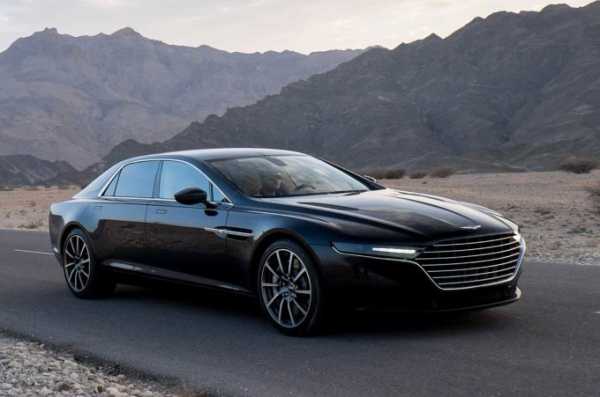 Aston Martin Lagonda
Aston Martin Lagonda Every time we showcase a Rapide in public, it is nothing short of awe-inspiring to our fans. If you have been wondering what the next generation of Aston Martin’s four-seater will look like, your wait is over.Our friends at Motor Trend were invited to England to experience the 2016 Lagonda Taraf to see if it lives up to such a historic name. If you happen to find an early issue of the duPont REGISTRY, the edgy and bold styling of the previous Lagonda dominates everything else on the page. It was an exercise in excess, with digital displays and electronics ahead of its time.
 Aston Martin Lagonda
Aston Martin Lagonda Taking a page from the One-77’s playbook, the new Lagonda will be limited to only 200 examples and built primarily of carbon fiber. The world’s first full-size composite supercar raises the bar for all sedans and represents where the industry will be in the future. In lieu of delving into the finer details, here is Senior Editor Jonny Lieberman with a quick synopsis
Aston Martins For Sale
Aston Martin Lagonda Taraf review
The Lagonda loses the Aston’s chunky centre console, although there’s still a substantial bump over the transmission tunnel, and now also a proper view out of the windows. Pretty much all of that wheelbase stretch has gone into extra leg room. The rear seats are comfortable but don’t recline, and the Taraf feels short of toys when compared to its obvious rivals.
The Lagonda still sits on steel springs with switchable dampers charged with combining both comfort and response, which is a notable contrast to the pillowy air suspension of all its obvious rivals.
The engine has a quiet start function, purring into life without the exuberant blip Astons deliver when they first fire up. The throttle has also been retuned to deliver a far more leisurely initial response, with the Taraf pulling away cleanly and trundling along happily at a gentle motorcade speed.
But the fundamental Aston character isn’t buried particularly deeply. As always, the V12 engine gives its best when worked hard, pulling with increasing vigour and a gorgeous yowling soundtrack at higher revs.
The gearbox also seems to be happier in its manual mode than when left in drive, with changes ordered by the shift paddles delivered quickly and cleanly.
The hydraulically assisted steering feels light but increased chassis loadings deliver proper feedback, and the Lagonda feels far smaller on the road than its dimensions suggest it should.
It’s soon being hustled along at speeds that would produce some complaints from any rear-seat passengers, with the Taraf showing every sign of enjoying this unlikely back road workout, especially with chassis and throttle pedal firmed up in Sport mode.
What’s lacking is much in the way of waft. There’s noticeably more road and wind noise than you would find in its obvious rivals, and although the springs and dampers do a good job of dealing with rougher surfaces at speed – and the longer wheelbase definitely helps to smooth things out compared to the Rapide – the Taraf doesn’t deliver the magic carpet experience that normally comes as standard in this segment.
It still feels like a sportscar at heart, but one that’s doing a decent impression of a limousine. Which, to be fair, it pretty much is.
This is a car that makes a Rolls-Royce Phantom or Bentley Mulsanne look positively mass-produced, and that will be the core of its appeal of the super-affluent who want exclusivity above anything else.
This is a fascinating bit of toe-dipping and potentially the start of something far bigger. Here’s to that future.
Aston Martin Lagonda Taraf
Price £685,000; Engine V12, 5935cc, petrol; Power 540bhp at 6650rpm; Torque 465lb ft at 5500rpm; 0-62mph 4.4sec; Top speed 195mph-plus; Gearbox 8-spd torque converter automatic; Kerb weight 1995kg; Economy 21mpg (combined, est); CO2 300g/km, 37% (est)
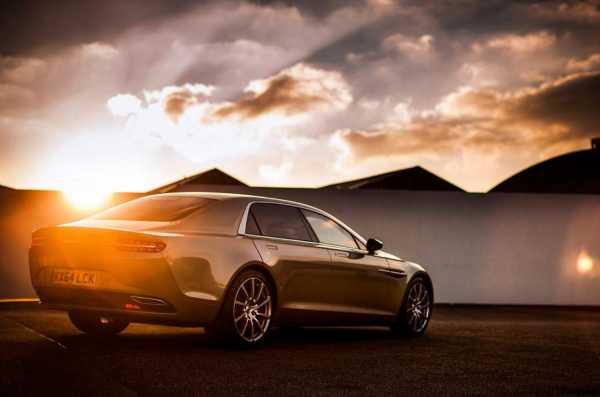
2016 Lagonda Taraf Review: The $1 Million Hand-Built Sedan by Aston Martin
The Taraf's interior is familiar Aston Martin fare, right down to the near-illegible instruments, console-mounted push-button transmission controls, and the faintly Rube Goldberg infotainment interface that belies the HDD sat-nav system and 1,000-watt Bang & Olufsen BeoSound audio system.
View 47 Photos
View 47 Photos
There's a ton of legroom in the rear seat, as you'd expect in a car that's almost as long as a Rolls-Royce Phantom, though that torque-tube and rear-mounted transmission means the Taraf is strictly a four-seater. Of course, being an Aston Martin—and because it's hand-built in the same corner of Aston's Gaydon factory where the One-77 supercar was assembled—the Taraf interior can be finished in almost any combination of leather, wood, carbon fiber, or metal a customer desires.
View 47 Photos
Originally intended only for the Middle East, barely 40 Tarafs have been built so far. New Aston CEO Andy Palmer authorized a remedial engineering program to get the car the meet European and low-volume vehicle U.S. import regulations, but even so, no more than 200 will be built.
Though the guys at Aston Martin claim a 0-60-mph time of about 4.4 seconds and a top speed of just over 195 mph, the Lagonda Taraf is one of those cars that will do its best work idling up to the front door of the Savoy or the Beverly Hills Hotel or the Burj Al Arab, its ice-cool elegance cutting a swath through the swarm of Bentleys and Benzes. It's the ultra-lux sedan for the man who has everything.
| 2016 Lagonda Taraf by Aston Martin | |
| BASE PRICE | $1,000,000 (est) |
| VEHICLE LAYOUT | Front-engine, RWD, 4-pass, 4-door sedan |
| ENGINE | 6.0L/540-hp/465-lb/ft, DOHC 48-valve V-12 |
| TRANSMISSION | 8-speed auto |
| CURB WEIGHT | 4387 lb (mfr est) |
| WHEELBASE | 125.6 in |
| LENGTH x WIDTH x HEIGHT | 212.5 in x 75.5 in x 54.7 in |
| 0-60 MPH | 4.4 sec (mfr est) |
| EPA CITY/HWY/COMB | N/A |
| ENERGY CONSUMPTION | N/A |
| ON SALE IN U.S | Now |
Aston Martin, Arab sheiks, and the Ohio connection
View 47 Photos
Founded in 1906, Lagonda made its reputation in the 1920s and '30s building fast, sporty touring and two-seater cars with four-cylinder engines and, later, six-cylinder engines of up to 4.5 liters.
Though a Lagonda won the Le Mans 24 Hour race in 1935, success on the track wasn't enough to forestall a looming bankruptcy. Lagonda's new owner, Alan Good, who outbid Rolls-Royce for the company, also brought in W.O. Bentley, who designed a new chassis and a 4.5-liter V-12 engine that debuted in 1938.
After World War II, Bentley designed a new, smaller car powered by a 2.6-liter, twin-cam six-cylinder engine, but postwar steel rationing meant the company wasn't able to get it into production, and Lagonda was sold to industrialist David Brown, who merged it with Aston Martin in 1948.
Under Brown, fewer than 800 Lagondas were built between 1949 and 1958. More important, though, Bentley's 2.6-liter engine ended up powering the Aston Martin DB2 and, bored out to 3.0 liters, the DB2/4.
View 47 Photos
The Lagonda name reappeared in 1961 on the 4.0-liter Rapide sedan, which was basically a four-door Aston Martin DB4. Just 55 were made through 1964. A decade later came the Lagonda V8, this time a four-door version of the Aston Martin DBS V8. Only seven were ever built.
Having been sold by David Brown in 1972, Aston Martin Lagonda was sold again in 1975, and the new owners had ambitious plans for the Lagonda brand. They commissioned British designer William Towns, who had styled the Aston DBS V8, to design a radical, sheer-surfaced, wedge-shaped sedan. Unveiled at the 1976 London Motor Show, this astoundingly futuristic Lagonda featured a fully digital instrument panel made up of three cathode ray tubes—effectively three mini-TVs. But Aston Martin Lagonda's ambition outstripped its expertise, and the Lagonda sedan was bedeviled with electronic glitches and other quality problems.
View 47 Photos
The first car was finally delivered in 1979, and 631 were eventually sold, many to wealthy Arab sheiks, before production ended in 1990. The Taraf is this car's spiritual successor.
And the Ohio connection? Lagonda is the Shawnee name for the Buck Creek area near Springfield, Ohio, hometown of Wilbur Gunn, the Scottish-American engineer who founded the automaker.
47 Photos in this Gallery
"Питер - АТ"
ИНН 780703320484
ОГРНИП 313784720500453
